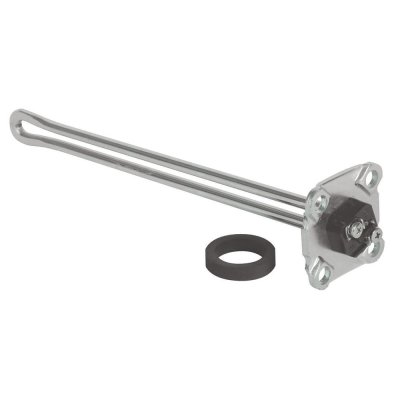ranger58sb
Guru
I think our Atwood E20-220 (17.9 gallon) water heater has begun leaking... and it might be the tank or it might be the seal around the heating element. Or both. I reckon to hope for leaks around the element, and I finally have the parts (hopefully) to replace the heating element and the mounting gasket(s).
But... this is a 240VAC unit... and I'm a little hazy on how that wiring works. The replacement 240VAC/1500W (clearly marked) heating element only has two wiring posts, similar to a 120VAC unit... and I'd have expected four. I haven't uncovered the original element yet, but online pics of it also suggest there are only two wires to connect.
Ummm.... what's up with that? Do these only use 1 leg of a 240VAC system, with amperage to match? 12.5A instead of 6.25?
Or... ?
In the meantime, the original water heater is working (knock wood)... but I'm not holding my breath for longevity. Actually replacing the whole tank, if I can band-aid something better that works for a while, will be a PITA; might have to remove some engine parts to get a new one in. So far, a Torrid 17-gallon tube-shaped replacement looks to be best option, and closest to maybe installing without engine surgery. I'm hoping to put replacment off until we get back home, though...
-Chris
But... this is a 240VAC unit... and I'm a little hazy on how that wiring works. The replacement 240VAC/1500W (clearly marked) heating element only has two wiring posts, similar to a 120VAC unit... and I'd have expected four. I haven't uncovered the original element yet, but online pics of it also suggest there are only two wires to connect.
Ummm.... what's up with that? Do these only use 1 leg of a 240VAC system, with amperage to match? 12.5A instead of 6.25?
Or... ?
In the meantime, the original water heater is working (knock wood)... but I'm not holding my breath for longevity. Actually replacing the whole tank, if I can band-aid something better that works for a while, will be a PITA; might have to remove some engine parts to get a new one in. So far, a Torrid 17-gallon tube-shaped replacement looks to be best option, and closest to maybe installing without engine surgery. I'm hoping to put replacment off until we get back home, though...
-Chris

